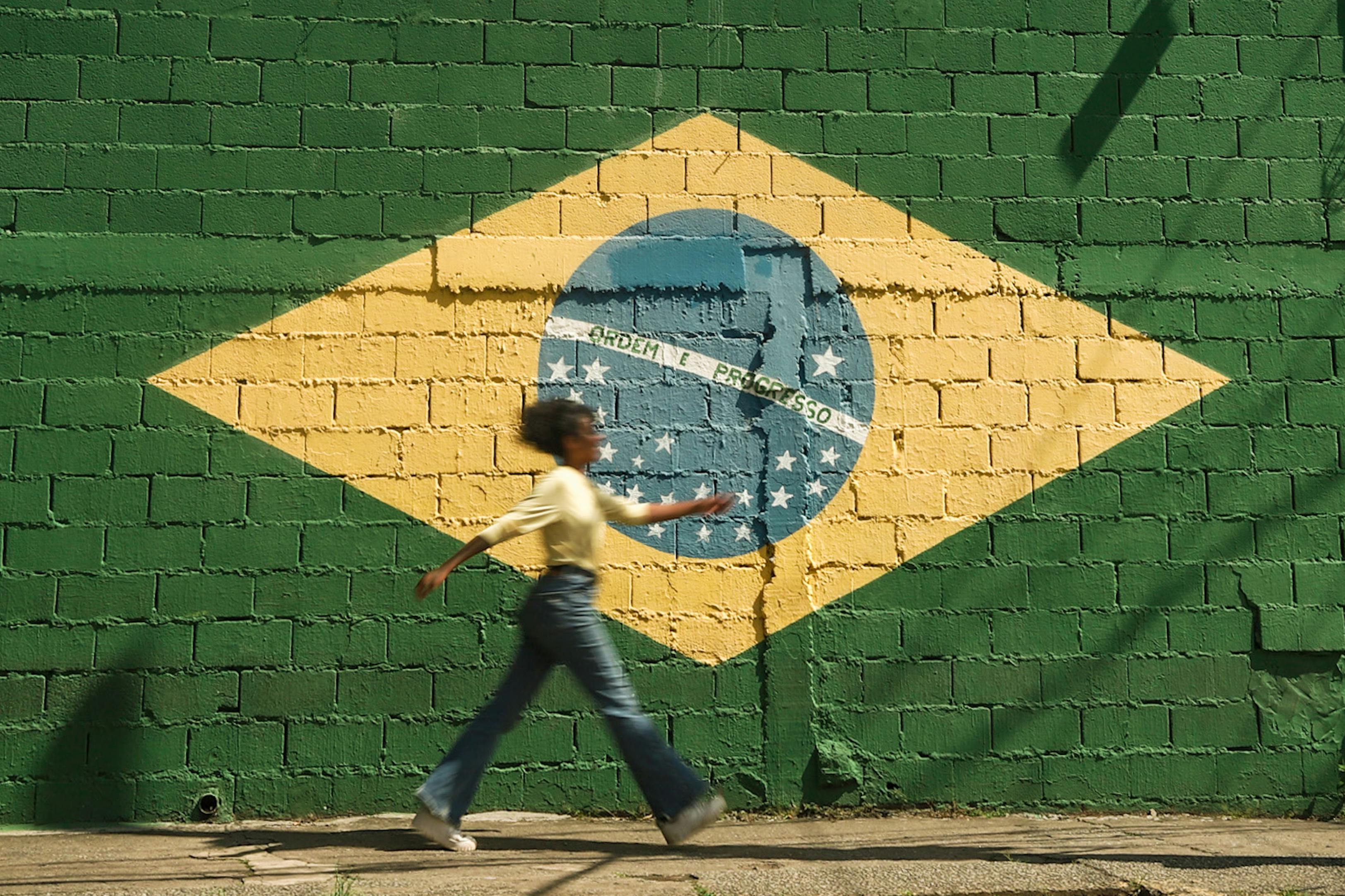
Jiu-Jitsu in Japan
(15th - 19th centuries)
Jujutsu, which translates to "gentle art," originated in Japan and encompassed various martial arts techniques for self-defense. It included joint locks, throws, and grappling methods.

Jujutsu, which translates to "gentle art," originated in Japan and encompassed various martial arts techniques for self-defense. It included joint locks, throws, and grappling methods.
Judo, developed by Jigoro Kano in the late 19th century, was a martial art that emphasized the concept of using an opponent's force against them. Mitsuyo Maeda, a judoka, traveled to Brazil in the early 20th century and befriended Gastão Gracie.

Carlos Gracie, the son of Gastão Gracie, learned Judo from Maeda. Carlos, along with his brothers, adapted and modified Judo techniques to create what is now known as Brazilian Jiu-Jitsu. The focus shifted towards ground fighting, submissions, and positional control, making BJJ effective for self-defense and competition.
BJJ gained international recognition through the efforts of the Gracie family and their students. The establishment of the Ultimate Fighting Championship (UFC) in the 1990s further popularized BJJ as Royce Gracie showcased its effectiveness against various martial arts.